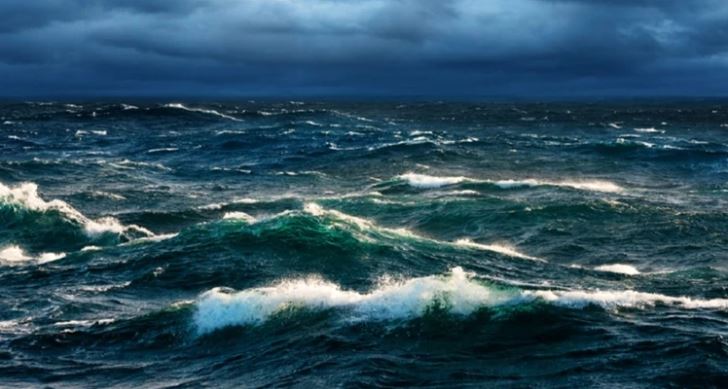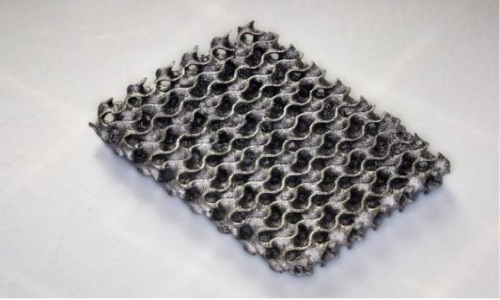


 11:14:49
11:14:49  2023-07-02
2023-07-02  1389
1389

Why Earth's lowest point in gravity is in the Indian Ocean?
Somewhere in the middle of the Indian Ocean is the deepest breach in Earth's gravitational field, where Earth's gravity is weakest.
Earth's gravity refers to the acceleration that Earth gives to objects on or near the surface. Scientists found that Earth's gravity is at its lowest in a region in the middle of the Indian Ocean, and for years they were unable to solve the mystery of this gravitational anomaly.
It is known that the Earth is not perfectly spherical, so that if this were the case, gravity would be the same at every point on its surface. Given its shape, its different regions also exert a different gravitational force depending on the mass of the earth's crust, and core.
In the Indian Ocean, there is a pronounced dip in the geoid (the geoid/isopotential surface on Earth that corresponds exactly to the surface of the oceans), which is called the Indian Ocean Geoid Depression (IOGL). It is the most prominent gravitational anomaly on planet Earth.
This region covers more than 3 million square km and is located about 1,200 km southwest of the southern tip of India.
Many possible explanations have been put forward, but proving any of the theories has proved difficult. Now, Dipanjen Pal and Atrei Ghosh, of the Center for Geosciences at the Indian Institute of Sciences in Bengaluru, India, think they have the answer.
The two scientists believe that the answer lies more than 1,000 kilometers (621 miles) below the earth's crust, where the cold and dense remnants of an ancient ocean fell into a "graveyard" under Africa about 30 million years ago, stirring up hot molten rock.
The team reconstructed the past 140 million years of tectonic plate movements over Earth's hot, sticky core.
Their results, published in the journal Geophysical Research Letters, show that ancient pieces of the Indian Ocean plate sank through the core beneath the African continent, causing a strong subduction of the core there.
To counteract this subsidence, plumes of a hot, less dense core are rising beneath the nearby Indian Ocean.
Their model also shows that the oceanic plates reached the lower core about 30 million years ago, and that the adjacent plume of water flowing under the Indian Ocean arose about 20 million years ago.
It is indicated that this gravitational anomaly in the Indian Ocean will continue a few tens of millions of years from now, until the rising plume moves from its position.
Reality Of Islam |
|

Water may s

"It is

The process

Astronomers
 9:3:43
9:3:43
 2018-11-05
2018-11-05
10 benefits of Marriage in Islam
 7:5:22
7:5:22
 2019-04-08
2019-04-08
benefits of reciting surat yunus, hud &
 9:45:7
9:45:7
 2018-12-24
2018-12-24
advantages & disadvantages of divorce
 11:35:12
11:35:12
 2018-06-10
2018-06-10
 6:0:51
6:0:51
 2018-10-16
2018-10-16
 6:0:8
6:0:8
 2023-03-19
2023-03-19
a hero waters thirsty wild animals
 9:4:9
9:4:9
 2022-01-06
2022-01-06
 5:58:12
5:58:12
 2021-12-18
2021-12-18
 9:39:36
9:39:36
 2022-12-28
2022-12-28
 7:59:14
7:59:14
 2018-06-21
2018-06-21
 9:50:37
9:50:37
 2023-02-28
2023-02-28
 6:14:17
6:14:17
 2018-06-21
2018-06-21
 5:41:46
5:41:46
 2023-03-18
2023-03-18
| LATEST |